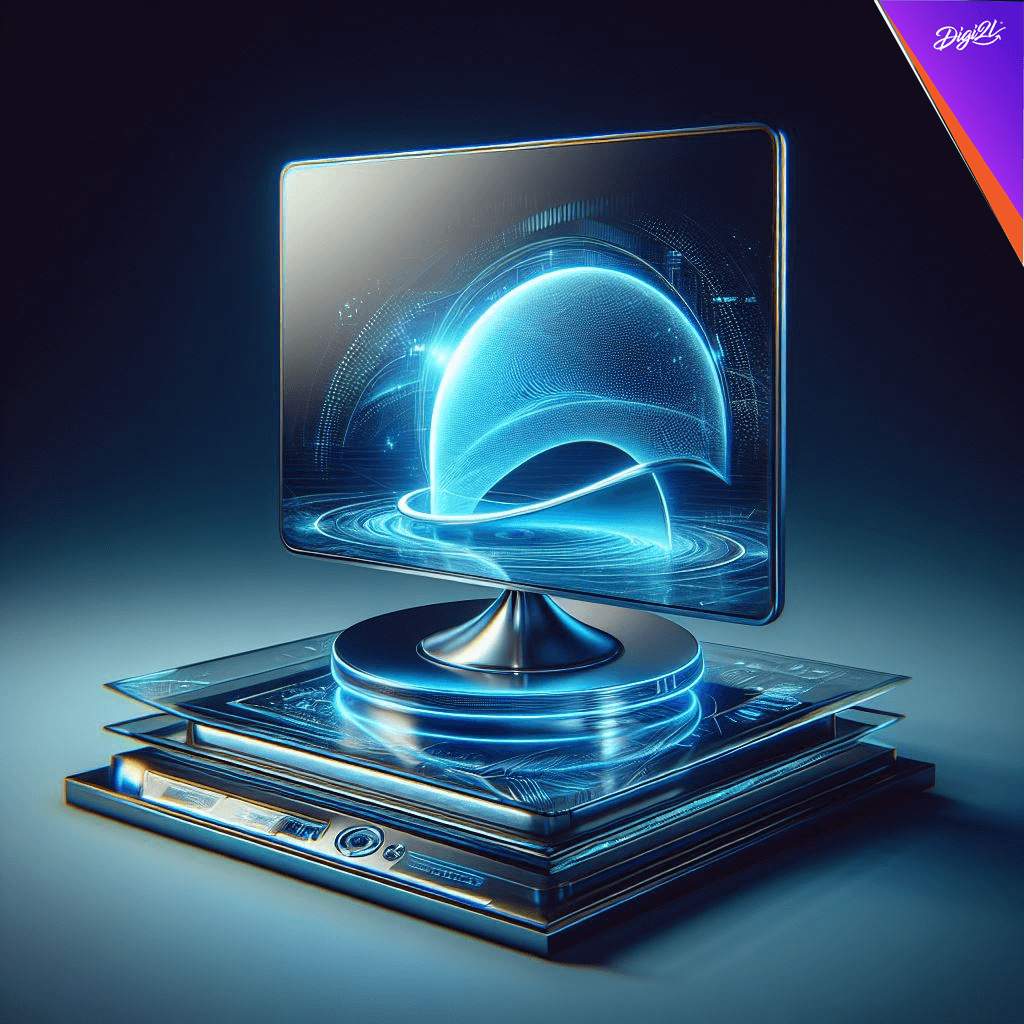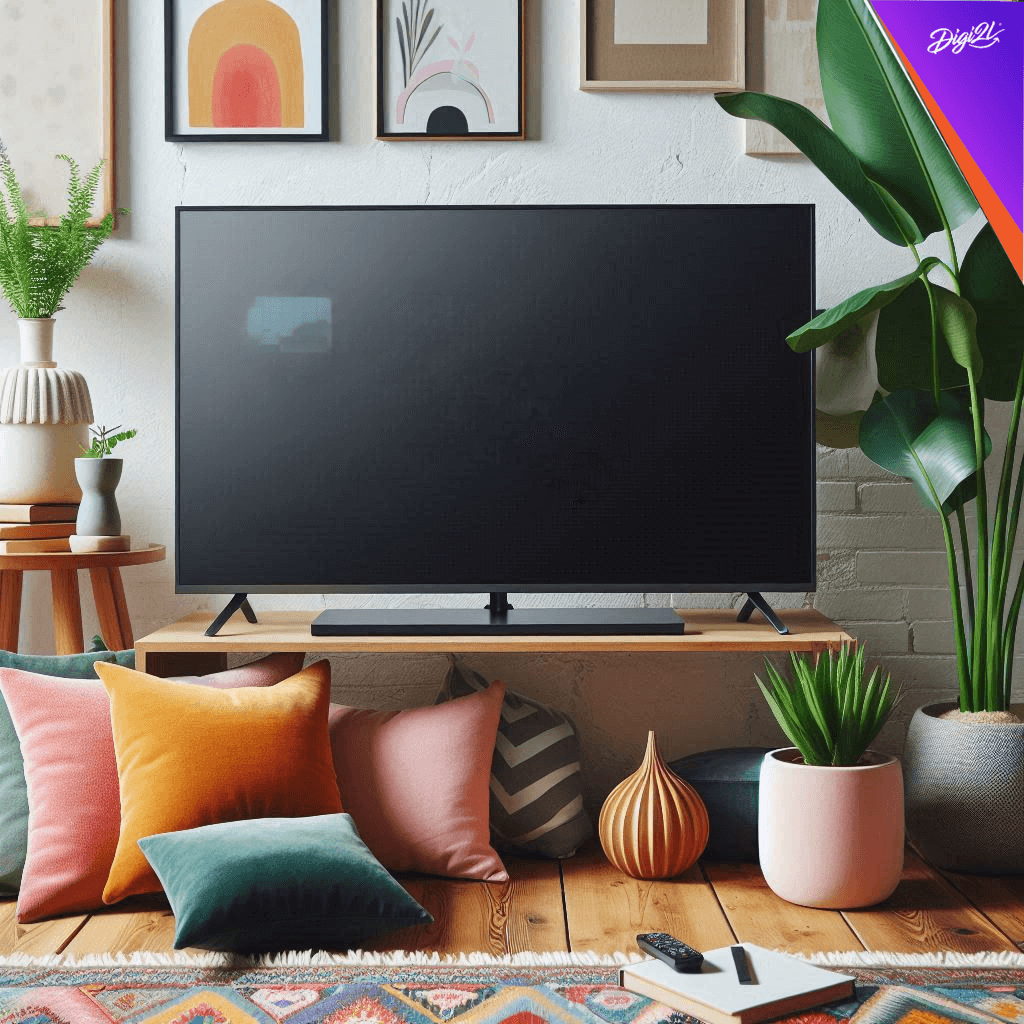
Know the future and make better choices!
LED and smart TVs are the most in-demand high-lifestyle entertainment and news home appliances we know today, but are we aware of their future? Let’s check that out :
The future of LED and smart TVs is likely to involve continued advancements in technology, providing consumers with even more features, better picture quality, and enhanced user experiences. Here are some potential developments:
- Higher resolution: Expect to see TVs with even higher resolutions than the current 4K standard, such as 8K, offering incredibly sharp and detailed images.
- Improved picture quality: Manufacturers will continue to enhance picture quality through innovations like better contrast ratios, wider color gamuts, and improved HDR (High Dynamic Range) capabilities, providing viewers with more lifelike images.
- Thinner and lighter designs : LED technology allows for thinner and lighter TV designs, and this trend is likely to continue, making TVs more aesthetically pleasing and easier to mount or move.
- Enhanced connectivity : Smart TVs will become even more connected, offering seamless integration with other smart home devices and services. This could include features like voice control, home automation, and compatibility with a wider range of apps and streaming services.
- AI and machine learning integration : AI-powered features will become more prevalent, offering personalized recommendations, content analysis for better picture and sound optimization, and even features like gesture or emotion recognition for more intuitive interaction.
- Interactive and immersive experiences : As technology progresses, we may see advancements in interactive features, such as augmented reality (AR) or virtual reality (VR) integration, allowing viewers to immerse themselves more fully in the content they’re watching.
- Energy efficiency : LED technology is already more energy-efficient than traditional display technologies, but future advancements may further improve energy efficiency, reducing power consumption and environmental impact.
- Flexible displays : While still in the early stages, flexible display technology could revolutionize TV design, allowing for screens that can be rolled up or even folded for easy storage or transport.
Overall, the future of LED and smart TVs looks promising, with continued innovation driving improvements in performance, design, and functionality to enhance the viewing experience for consumers.
Are Led and smart tvs a better choice than LCDs?
LED TVs and smart TVs are not mutually exclusive categories; rather, they represent different aspects of television technology:
- LED TVS : As mentioned earlier, LED TVs are a type of LCD TV that uses Light Emitting Diodes for backlighting. LED TVs offer advantages such as better energy efficiency, thinner designs, and potentially better picture quality compared to traditional LCD TVs with CCFL backlighting.
- Smart TVs : These are TVs equipped with internet connectivity and built-in software platforms, allowing users to stream content from various online services, browse the web, and use apps directly on the television screen. Smart TVs offer convenience and versatility, as they eliminate the need for external streaming devices like set-top boxes or streaming sticks.
When comparing LED and smart TVs to traditional LCD TVs, LED TVs generally offer better energy efficiency and potentially better picture quality due to their advanced backlighting technology. Smart TVs, on the other hand, provide additional functionality and connectivity options, allowing users to access a wide range of online content and services without additional devices.
So, whether LED and smart TVs are a better choice than LCDs depends on your specific needs and preferences. If you value features like energy efficiency, slim design, and potentially better picture quality, an LED TV might be the right choice. If you’re interested in accessing online content, streaming services, and using apps directly on your TV screen, a smart TV could be more suitable. Ultimately, it’s essential to consider factors such as picture quality, features, connectivity options, and budget when making your decision.






